From what are efficient water purifiers made of? Here is a small information pack on the most commonly used water treatment methods.
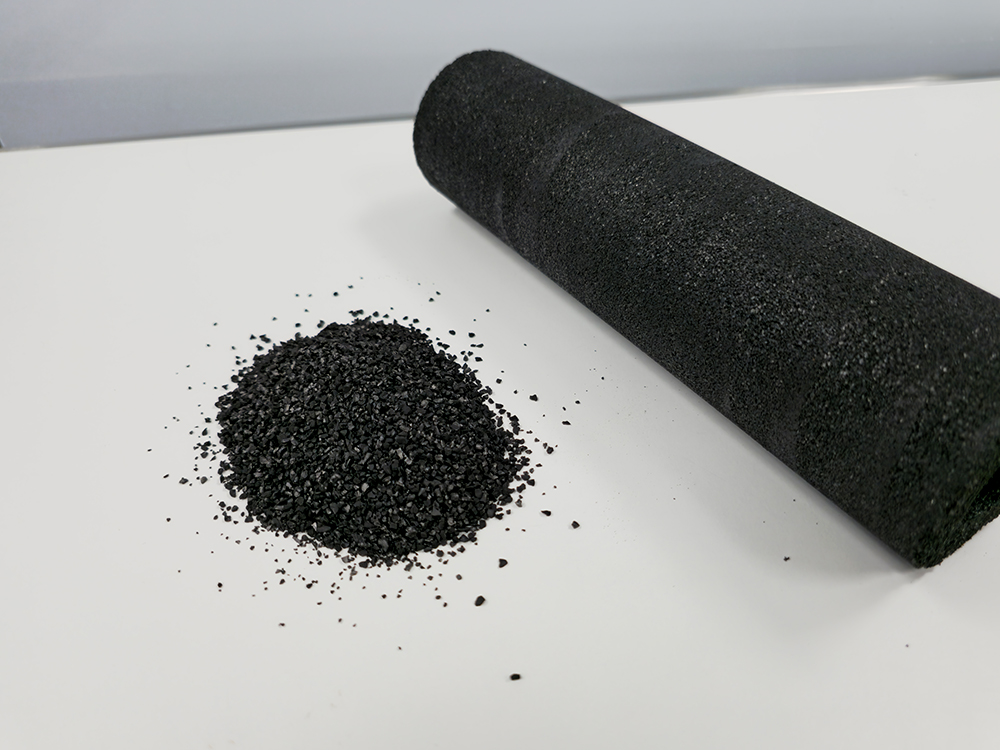
Adsorption: Activated Carbon (Granular, Fibre or Bituminous)
The adsorption filter is like a sponge that absorbs contaminants and lets water through. Activated carbon with different suction areas is used as the filter. Granular activated carbon is well suited for filtering well water, for example, and nanofiber for jug and tap filters. Nanofiber has tremendous power in a small space. Its service life can be 100 times that of granular activated carbon.
For what purpose? An overall good filter that fixes a variety of water problems. It can be used to filter odor, taste, color, antibiotic, drug and hormone residues, organic compounds, radon and several radioactive isotopes from water.
Ion exchange
An electronic charge is charged in the tiny granules of the ion exchange masses. Ion exchange breaks down impurities into compounds that are harmless to humans or binds them to itself. There are hundreds of different ion exchange masses in the world and they can be mixed for different uses. They can be used to separate gold or iron from water, for example.
For what purpose? Ion exchange filters are suitable for filtering all types of water contaminants when the quality and purpose of the ion exchange filters are correct. They are used, for example, to remove iron, manganese, nitrate and uranium and to reduce the hardness of water.
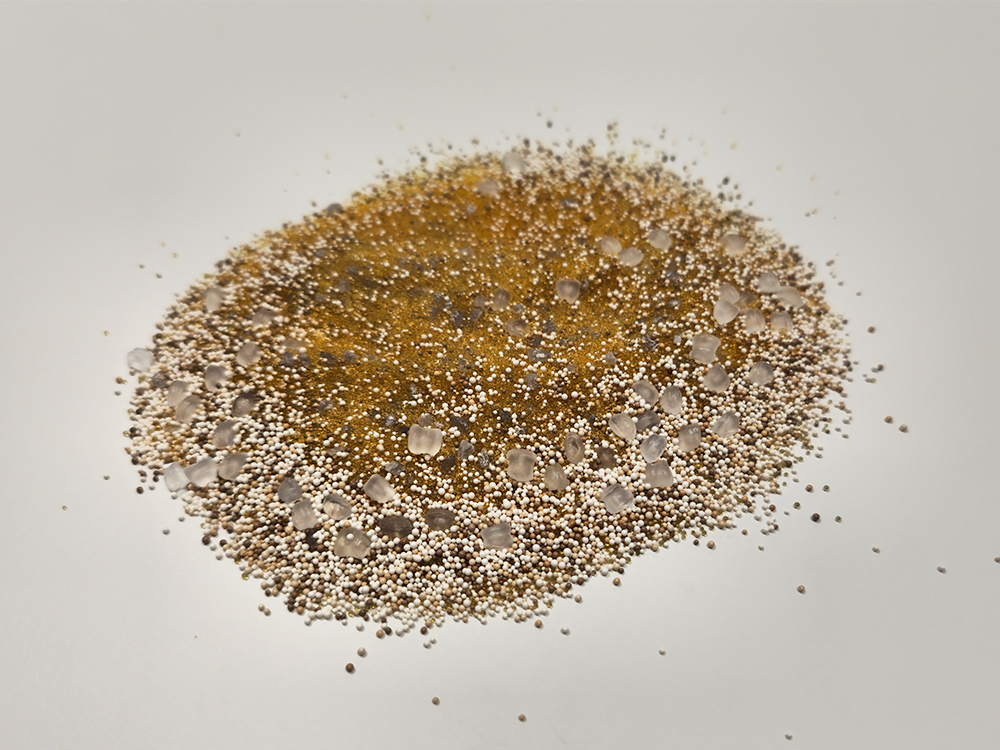
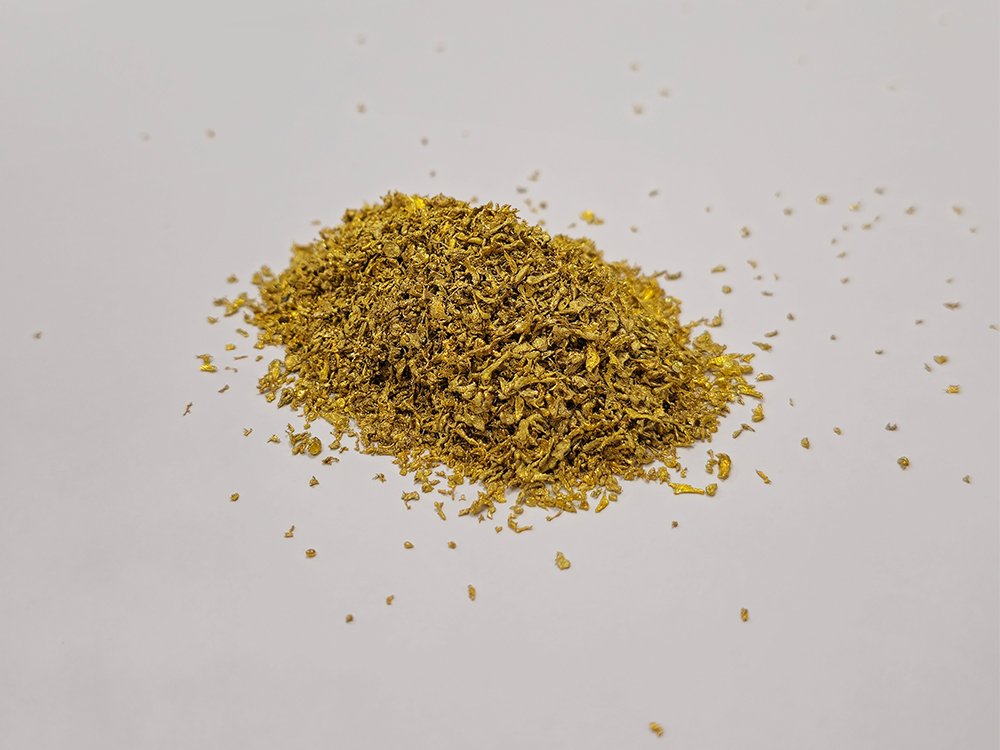
Oxidation-reduction reaction
Oxidation-reduction is a chemical reaction in which one or more electrons are transferred, in whole or in part, from one atom to another. The reaction converts harmful contaminants into harmless ingredients.
For what purpose? The method effectively cleans micro organisms, algae, chlorine and heavy metals from water. Also suitable for neutralizing gaseous contaminants such as hydrogen sulfide.
Ultrafiltration
Ultrafiltration is a mechanical cleaning method. The water to be filtered is drained through a tight filter.
For what purpose? Ultrafiltration is used to filter bacteria and mold. It filters all solids and precipitates up to 0.1 micrometer, or 1 / 10,000 millimeter, which is smaller than any known bacterium. The method stops yeast, mold, protozoa and other microbiological contaminants.
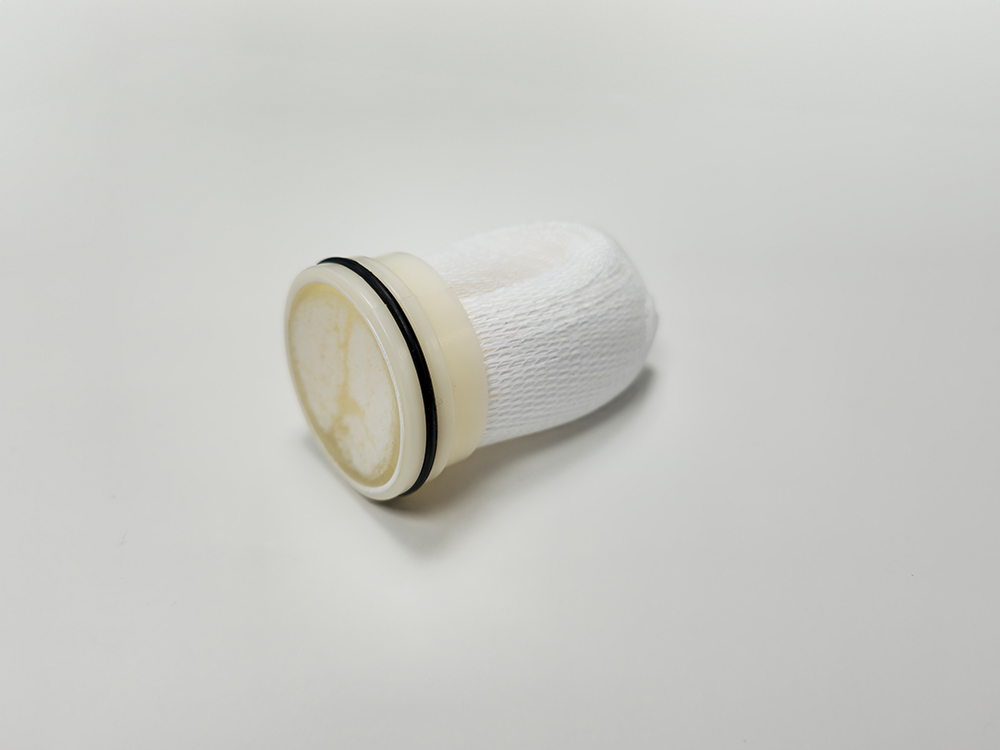
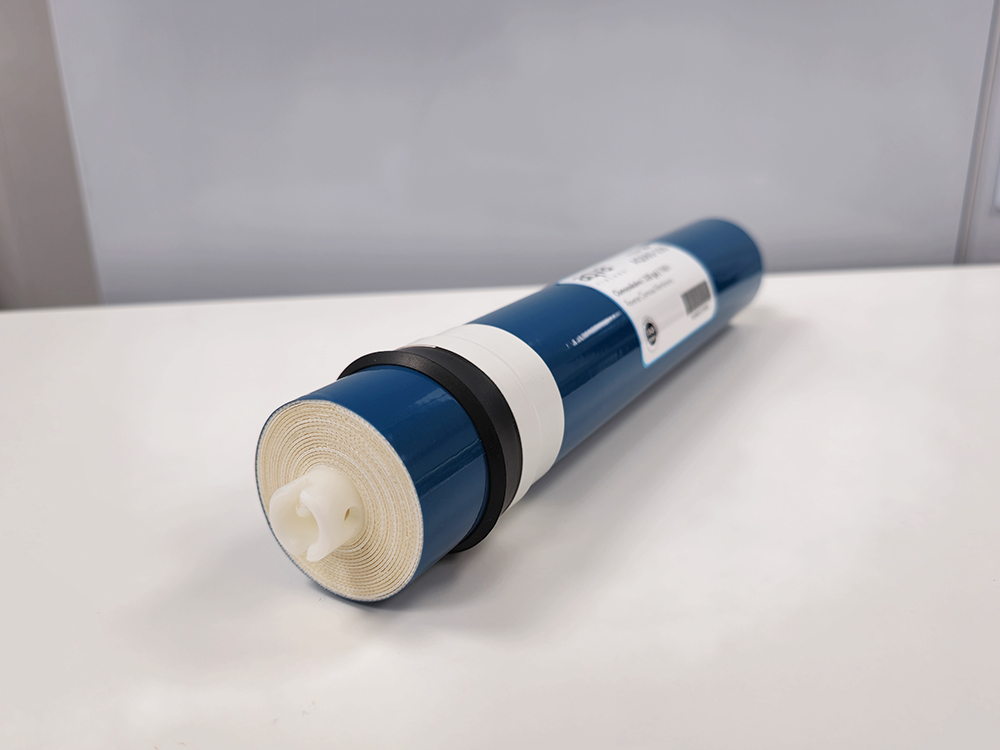
Reverse osmosis
Reverse osmosis is the most efficient purification technique in private use: only pure water molecules pass through the filter and all water contaminants are flushed out. The method guarantees the hygienic quality of the water. Since the reverse osmosis method also removes almost all minerals, salts, organic matter, metals and heavy metals, and all microbes from the water, the water is then almost at the same level as distilled water. The screen size is 0.0001μm (0.0000001 millimeters). For this reason water is minaralized after reverse osmosis purification in order to bring good qualitites of the water back.
For what purpose? Reverse osmosis can be used to purify even the most challenging impurities. With reverse osmosis even sea water can be purified to drink water.

 Suomi
Suomi English
English